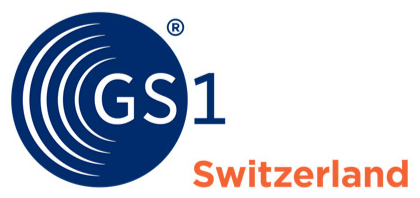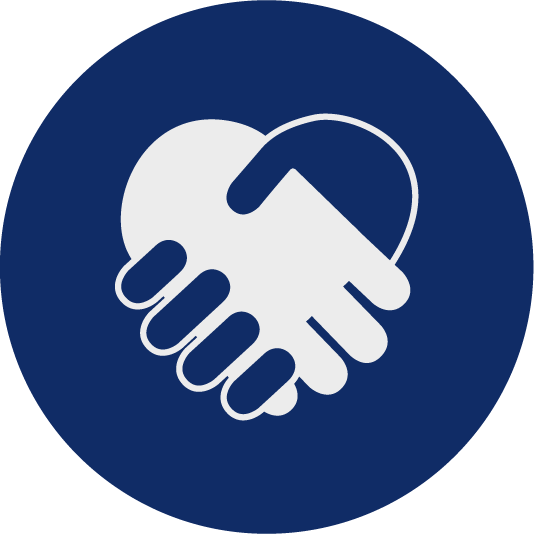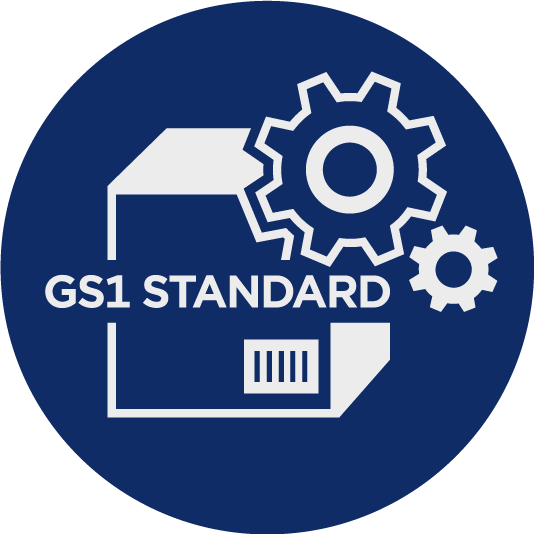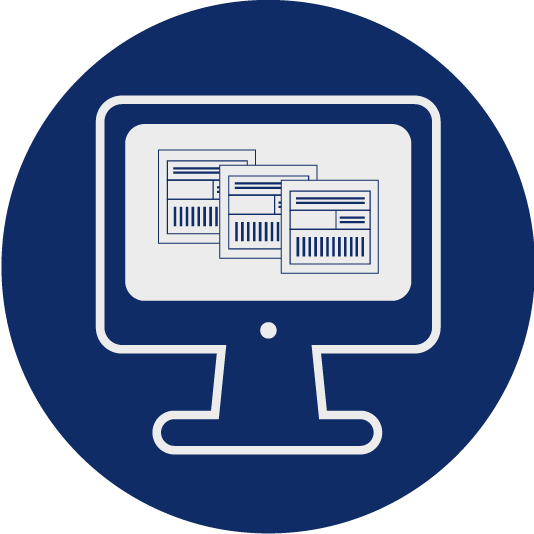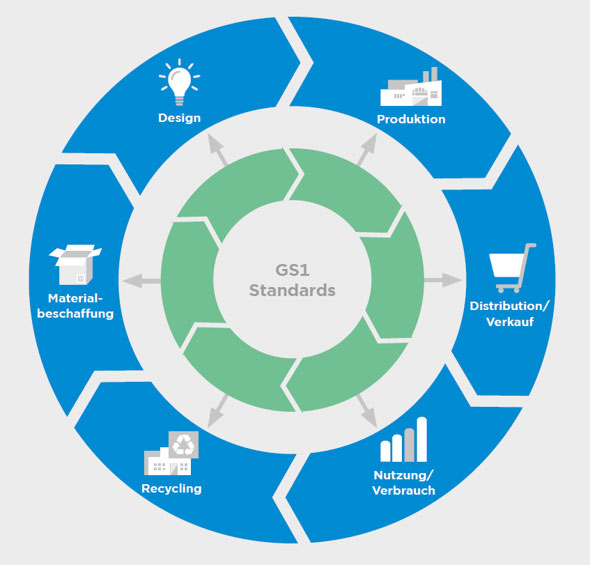GS1 Standards supports ECR implementation
In global supply chain and lifecycle management, the circular economy (CE) is a strategically important topic for mastering the ecological challenges of the coming decades. However, a sustainable change towards the circular economy on a large scale can only take place if the flows of goods, values and information are clearly identified. Data must be structured and exchanged via global and open standards.
Circular economy aims to redefine growth and focus on positive society-wide benefits. This includes gradually decoupling economic activity from the consumption of finite resources and avoiding the production of waste (Ellen MacArthur Foundation).
Supported by a transition to renewable energy sources, the circular model builds economic, natural and social capital. It is based on three principles:
- Reduce waste and pollution
- Keep products and materials in use
- Regenerate natural systems
The transition to a circular economy is not just about reducing the negative impacts of the linear economy. Instead, it represents a systemic change that builds greater long-term stability in value networks, creates business and economic opportunities, and provides environmental and societal benefits.
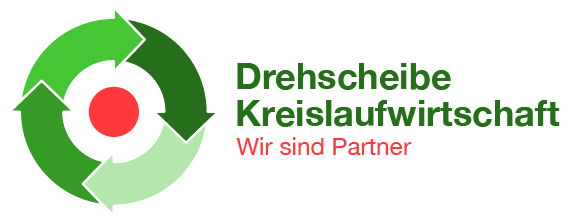
Whitepaper
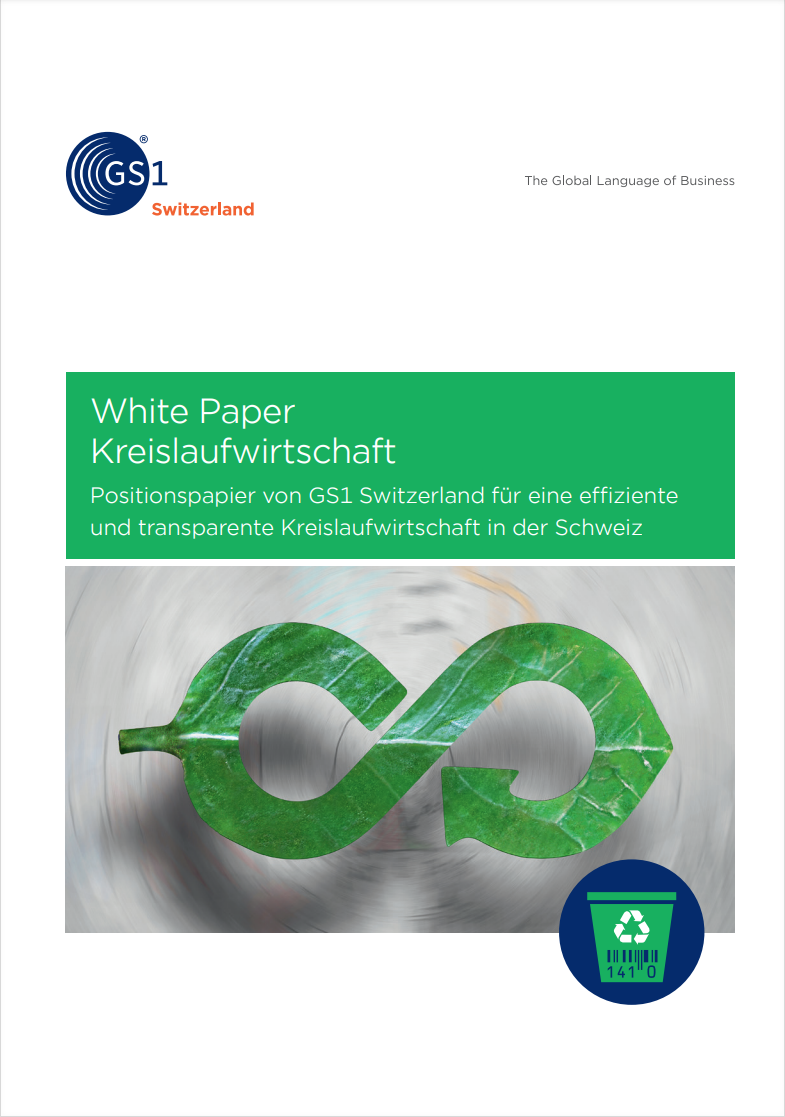
Whitepaper Kreislaufwirtschaft (pdf)
The role of GS1 in the circular economy
The circular economy model implies a rethinking of production, distribution and consumption models. In this concept of "infinite supply networks", high-quality data and the sharing thereof across company boundaries are a basic prerequisite for implementation. A sustainable change towards the circular economy can only take place if data on resources is highly structured and exchanged via global and open standards such as those of GS1.
For example, the digital product passport, envisaged by the EU as part of the Green Deal, can only be realised with standardised data. The passport should contain all important environmental and material data in the lifecycle of a product or service and will be updated and supplemented throughout all manufacturing steps. The use of a common language (common semantics, ontologies, taxonomies) is the only way to achieve the efficiency required by the circular economy concept, and it is the only way to realise the concept across all value networks. The GS1 system offers an open, common language and is therefore suitable for the implementation of the circular economy.
Circular economy and standards in Switzerland
Switzerland
Switzerland, a country that lacks raw materials, already has some good approaches to a circular economy. In order to find out where Switzerland stands with regard to the circular economy and what potential GS1 standards could have for the economy, GS1 Switzerland surveyed a group of selected companies from the consumer goods/retail, healthcare, technical industries, and transport and logistics industries. The resulting "White Paper Circular Economy - GS1 Switzerland Position Paper for an Efficient and Transparent Circular Economy in Switzerland" was published in April 2021 and provides an overview of the understanding of circular economy in Switzerland. Also, application examples make the benefits of the circular economy tangible for the readership.
The white paper also serves as a basis on which to build actions to promote the circular economy in Switzerland. GS1 Switzerland intends to work with members and other stakeholders to build a network that promotes the implementation of the circular economy and demonstrates how the GS1 standards can be used to benefit the circular economy.
Learn more about these topics:
